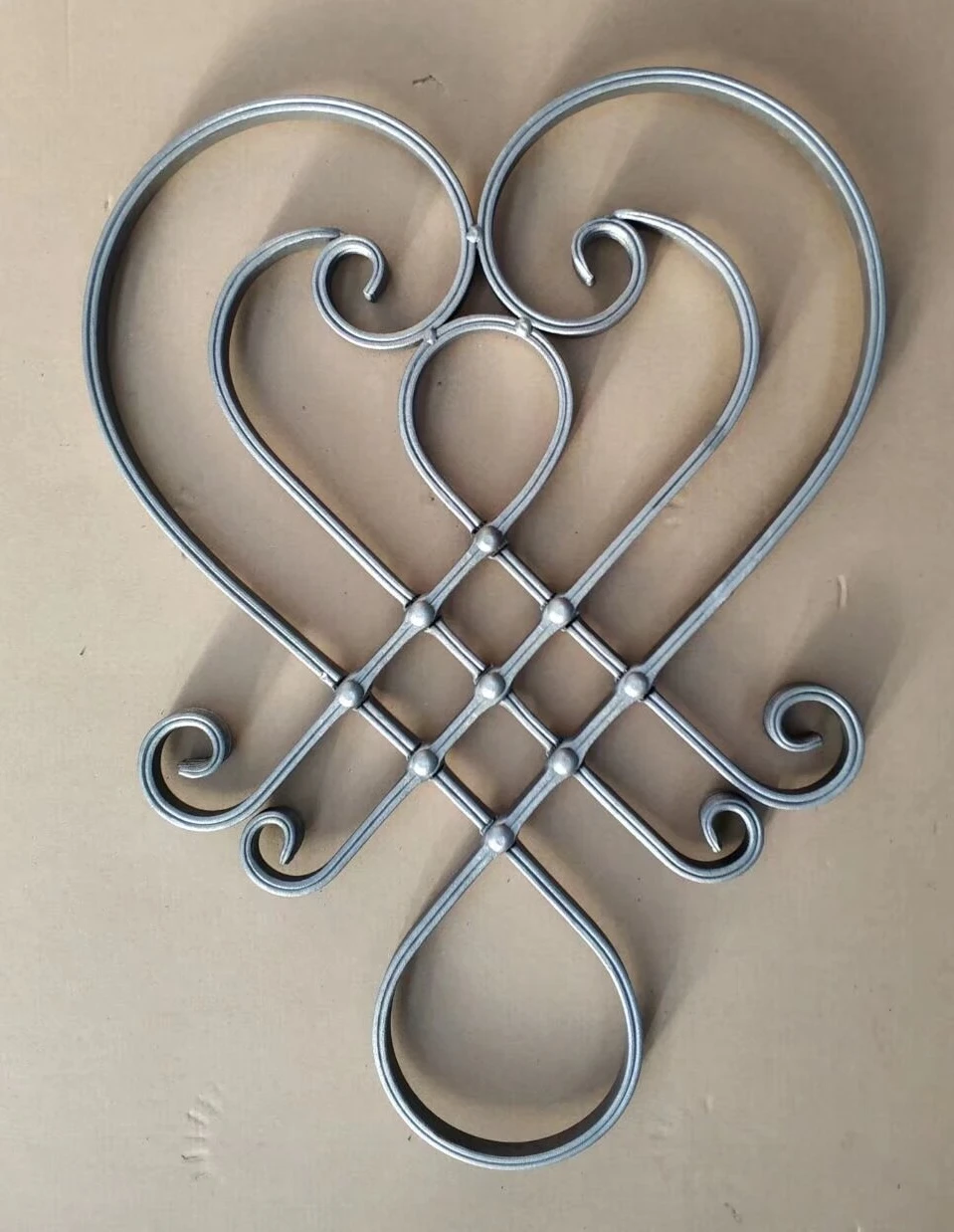cast iron figures
The Art and Craft of Cast Iron Figures
Cast iron figures have long captured the imagination of artists and collectors alike. These sturdy creations, ranging from elaborate sculptures to whimsical garden ornaments, bridge the gap between functionality and artistry. With a rich history and a diverse range of applications, cast iron figures serve as a testament to both the evolution of craftsmanship and the enduring appeal of metalwork.
Historically, the casting of iron dates back to ancient times, with records indicating its use in China as early as the 5th century BC. The process gained significant momentum during the Industrial Revolution, when advances in technology allowed for mass production. Among the many products produced from cast iron, figures became particularly popular due to their durability and the ease with which intricate designs could be created. Whether for decorative purposes, garden art, or even architectural elements, cast iron figures found their way into homes, parks, and public spaces, providing character and charm.
One of the defining characteristics of cast iron figures is their ability to withstand the elements. Unlike other materials that may corrode or degrade over time, cast iron possesses a resilience that enables it to endure harsh weather conditions. This durability makes cast iron an ideal choice for outdoor sculptures and garden decorations. From whimsical fairies and majestic lions to detailed bird baths, cast iron figures add a touch of elegance and whimsy to any outdoor environment.
The artistic process of creating cast iron figures is both intricate and fascinating. It begins with sculpting a model, often from a more malleable material such as clay or wax. This initial design serves as the basis for a mold. Once the mold is created, molten iron is poured into it, allowing it to take on the shape of the original model. After cooling, the figure is removed from the mold, revealing a sturdy piece of art that often retains the fine details of the original design. Artists may then finish the piece with paints, patinas, or protective coatings, further enhancing its beauty and character.
cast iron figures

In recent years, cast iron figures have also garnered attention for their nostalgic and vintage appeal. Many collectors seek out antique cast iron figures, which can range from functional items like doorstops and bookends to purely decorative pieces. The allure of these vintage items lies not only in their aesthetic qualities but also in the stories they carry. Each piece serves as a reminder of a bygone era, embodying the artistry and craftsmanship of its time.
In addition to traditional artistic expressions, contemporary artists have begun to explore new possibilities within the realm of cast iron. Innovations in design and technology have led to the creation of unique and thought-provoking sculptures that push the boundaries of convention. Artists experiment with different finishes, forms, and themes, resulting in pieces that resonate with modern sensibilities while paying homage to the traditional techniques of their predecessors.
Moreover, the growing trend of sustainability has inspired artists to incorporate recycled materials and eco-friendly practices into their work. This fusion of old and new not only preserves the legacy of cast iron figures but also adapts them for a more environmentally conscious future.
In conclusion, cast iron figures represent a harmonious blend of art, history, and durability. Their ability to withstand the test of time, combined with the skilled craftsmanship that goes into their creation, makes them invaluable pieces of art that enrich our surroundings. Whether displayed in a garden, gracing a home, or showcased in a gallery, cast iron figures continue to delight admirers and collectors around the world. As the appreciation for this medium grows, one can only anticipate the innovative directions cast iron artistry will take in the future, ensuring that these iconic figures remain a vibrant part of artistic expression for years to come.
-
Wrought Iron Components: Timeless Elegance and Structural StrengthNewsJul.28,2025
-
Window Hardware Essentials: Rollers, Handles, and Locking SolutionsNewsJul.28,2025
-
Small Agricultural Processing Machines: Corn Threshers, Cassava Chippers, Grain Peelers & Chaff CuttersNewsJul.28,2025
-
Sliding Rollers: Smooth, Silent, and Built to LastNewsJul.28,2025
-
Cast Iron Stoves: Timeless Heating with Modern EfficiencyNewsJul.28,2025
-
Cast Iron Pipe and Fitting: Durable, Fire-Resistant Solutions for Plumbing and DrainageNewsJul.28,2025
-
 Wrought Iron Components: Timeless Elegance and Structural StrengthJul-28-2025Wrought Iron Components: Timeless Elegance and Structural Strength
Wrought Iron Components: Timeless Elegance and Structural StrengthJul-28-2025Wrought Iron Components: Timeless Elegance and Structural Strength -
 Window Hardware Essentials: Rollers, Handles, and Locking SolutionsJul-28-2025Window Hardware Essentials: Rollers, Handles, and Locking Solutions
Window Hardware Essentials: Rollers, Handles, and Locking SolutionsJul-28-2025Window Hardware Essentials: Rollers, Handles, and Locking Solutions -
 Small Agricultural Processing Machines: Corn Threshers, Cassava Chippers, Grain Peelers & Chaff CuttersJul-28-2025Small Agricultural Processing Machines: Corn Threshers, Cassava Chippers, Grain Peelers & Chaff Cutters
Small Agricultural Processing Machines: Corn Threshers, Cassava Chippers, Grain Peelers & Chaff CuttersJul-28-2025Small Agricultural Processing Machines: Corn Threshers, Cassava Chippers, Grain Peelers & Chaff Cutters












